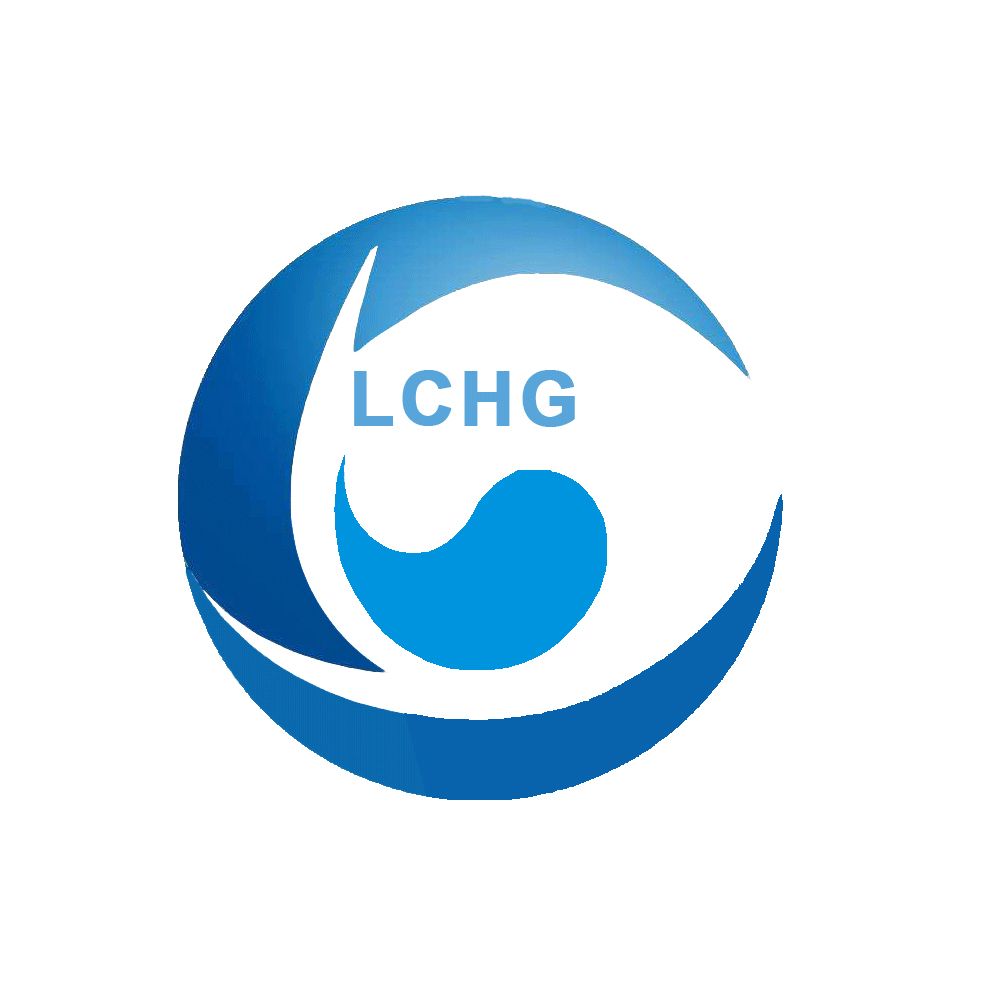Research progress on nonsteroidal alkaloids and their pharmacological activities
Isosteroidal alkaloids are a class of alkaloids with diverse structures and broad pharmacological activities, mainly distributed in Fritillaria and Veratrum plants of the Liliaceae family. They are the main components that exert pharmacological activities in both genera of plants. Heterosteroidal alkaloids have a niche structure and limited quantity, but their unique structure and pharmacological activity continue to attract attention from scholars both domestically and internationally. Given that research on naturally occurring steroid alkaloids had already been summarized before 2006, this article reviews the plant sources, chemical structures, and pharmacological activities of 80 newly discovered steroid alkaloids from 2006 to 2020, in order to provide scientific basis for further research and development of steroid alkaloid components.
Isosteroidal alkaloids are the main secondary metabolites of plants in the Liliaceae family, including the Fritillaria and Resveratrol genera. They have broad application prospects in anti-inflammatory, analgesic, antihypertensive, anti asthmatic, antithrombotic, cholinesterase inhibition, antiviral, and anti-tumor fields. However, the low content and difficulty in isolation of most of the components of steroid alkaloids in plants restrict the in-depth development of the structure-activity relationship of steroid alkaloids; Most of the research focuses on single targets and single activities, lacking systematic studies on their multi-target mechanisms. Therefore, the author suggests that the exploration of the following research directions needs to be further studied: (1) continue to conduct chemical research on plants of the same genus with unknown components, and enhance the structural diversity of steroidal alkaloids; Exploring the chemical composition and medicinal value of different parts of the same plant, especially the research parts of the Fritillaria genus are almost all bulbs, and there are few studies on other parts such as flowers, fruits, stems, and leaves; Accurate separation of target compound groups using techniques such as molecular networking, LC-MS, ligand fishing, etc. (2) The short total synthesis route and method of effective nonsteroidal alkaloids (such as cyclophosphamide) urgently need to be overcome, and the semi synthetic transformation modification between high content and high activity nonsteroidal alkaloids is worth studying. (3) Strengthen the screening of other pharmacological activities of nonsteroidal alkaloids, expand the application scope of such components, and implement “one substance, multiple screenings”; Exploring the communication process of the joint action mechanism of a single component with multiple pharmacological effects such as anti-inflammatory and anti-tumor, in order to discover novel targets or unknown activities. At present, the research on nonsteroidal alkaloids is still in its early stages. With the increasing number of newly discovered nonsteroidal alkaloids and the re evaluation of pharmacological activities, the medicinal value of nonsteroidal alkaloids can be fully developed and utilized.
